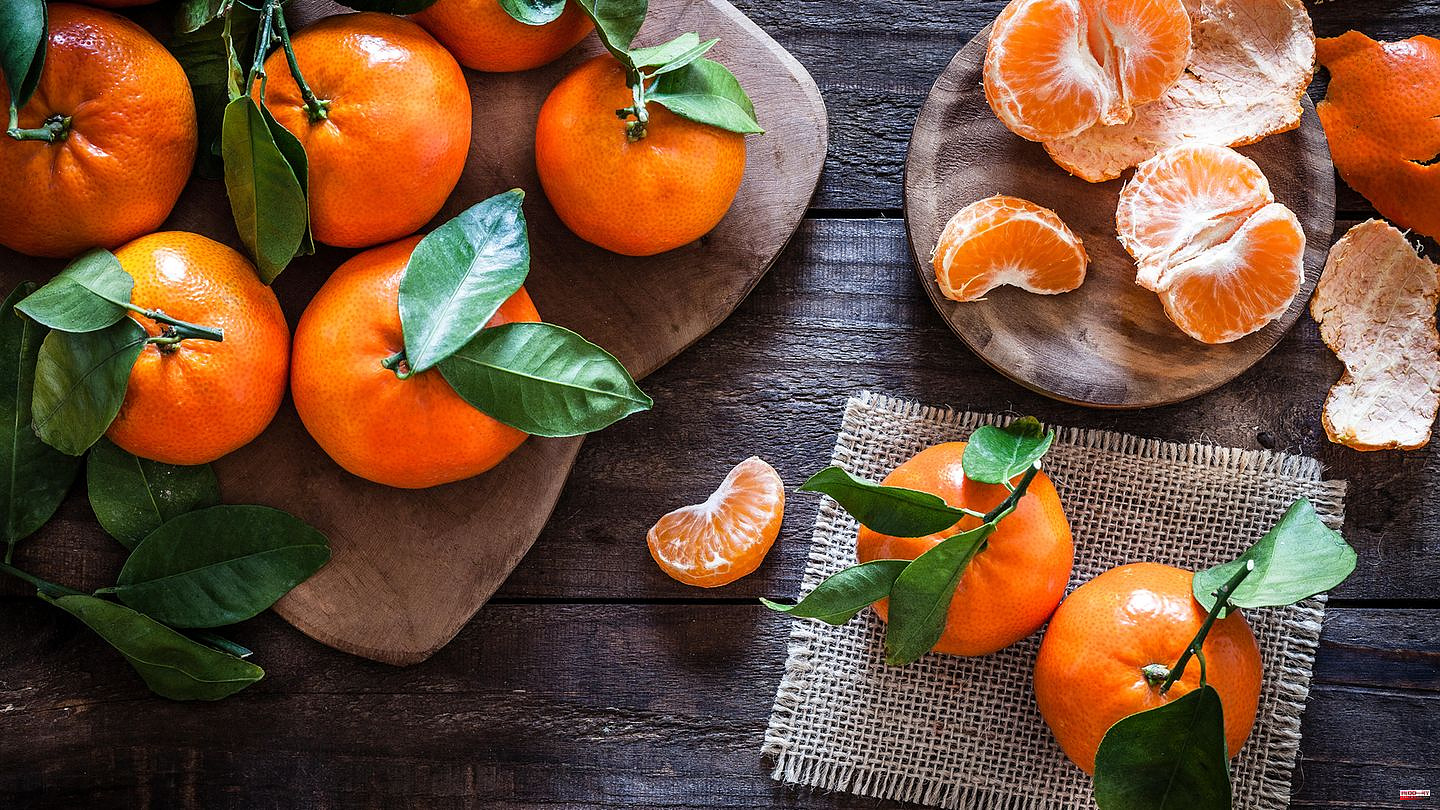Tangerines are a great vitamin boost for the cold season. They are full of vitamin C, sodium, iron, zinc and magnesium. Mandarins are often equated with clementines. There are clear differences in citrus fruits.
On the one hand, tangerines and clementines differ mainly in their taste. Mandarins are tart and more aromatic than clementines. These, in turn, are sweet and sour and less intense than tangerines. In addition, the skin of tangerines is easier to peel off. The clementine is a hybrid, i.e. a cross between the tangerine and the bitter orange. The name is said to go back to a French monk named Clément, who grew the first clementine in Algeria about a hundred years ago.
The tangerine, on the other hand, has been around for about 3,000 years. It originally comes from China, hence the name. Mandarins were called high officials in imperial China who wore orange clothing. Today the fruit is mainly grown in the Mediterranean region. The main harvest time begins in late autumn. This also explains why citrus fruits are in the fruit department in this country between October and January.
Clementines also keep for up to two months, which is due to the thickness of the skin. Tangerines dry out after a week or two. Clementines have another advantage: they are usually seedless, their flesh can be divided into eight to twelve segments, that of the tangerine into nine to ten including the seeds.
Satsumas are a popular citrus fruit that you can now buy from us. They have no seeds and are a cross between a tangerine and an orange. They originally come from Japan, taste sweet and are easy to peel. The flesh has ten to twelve segments.
If you don't buy organic citrus fruits, it's better to rinse them under hot water. There could be residues of pesticides from cultivation on the peel.












